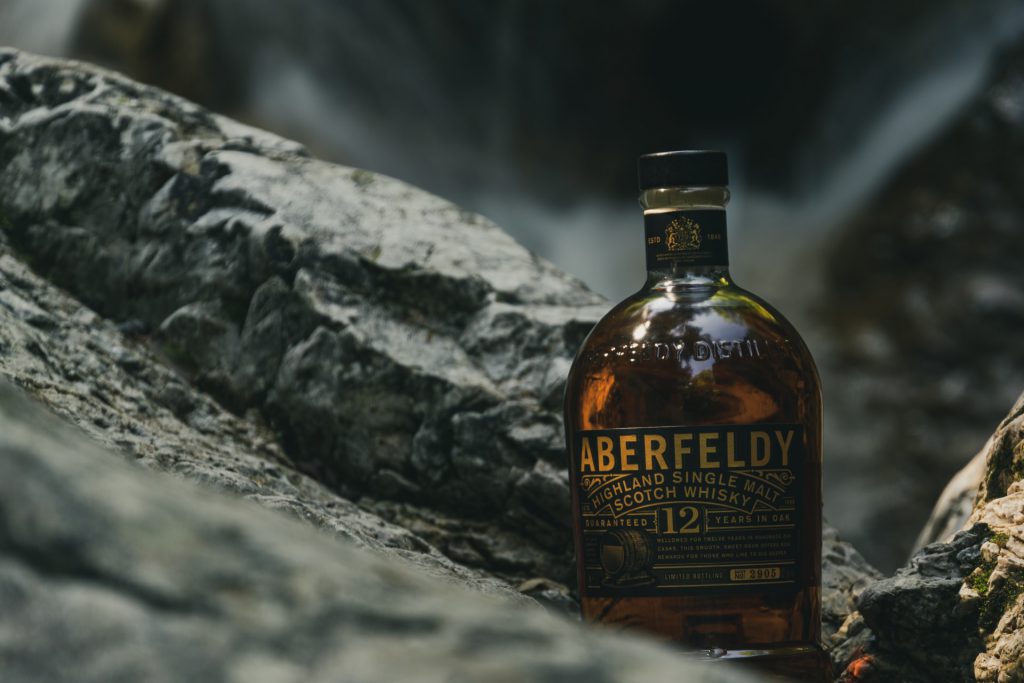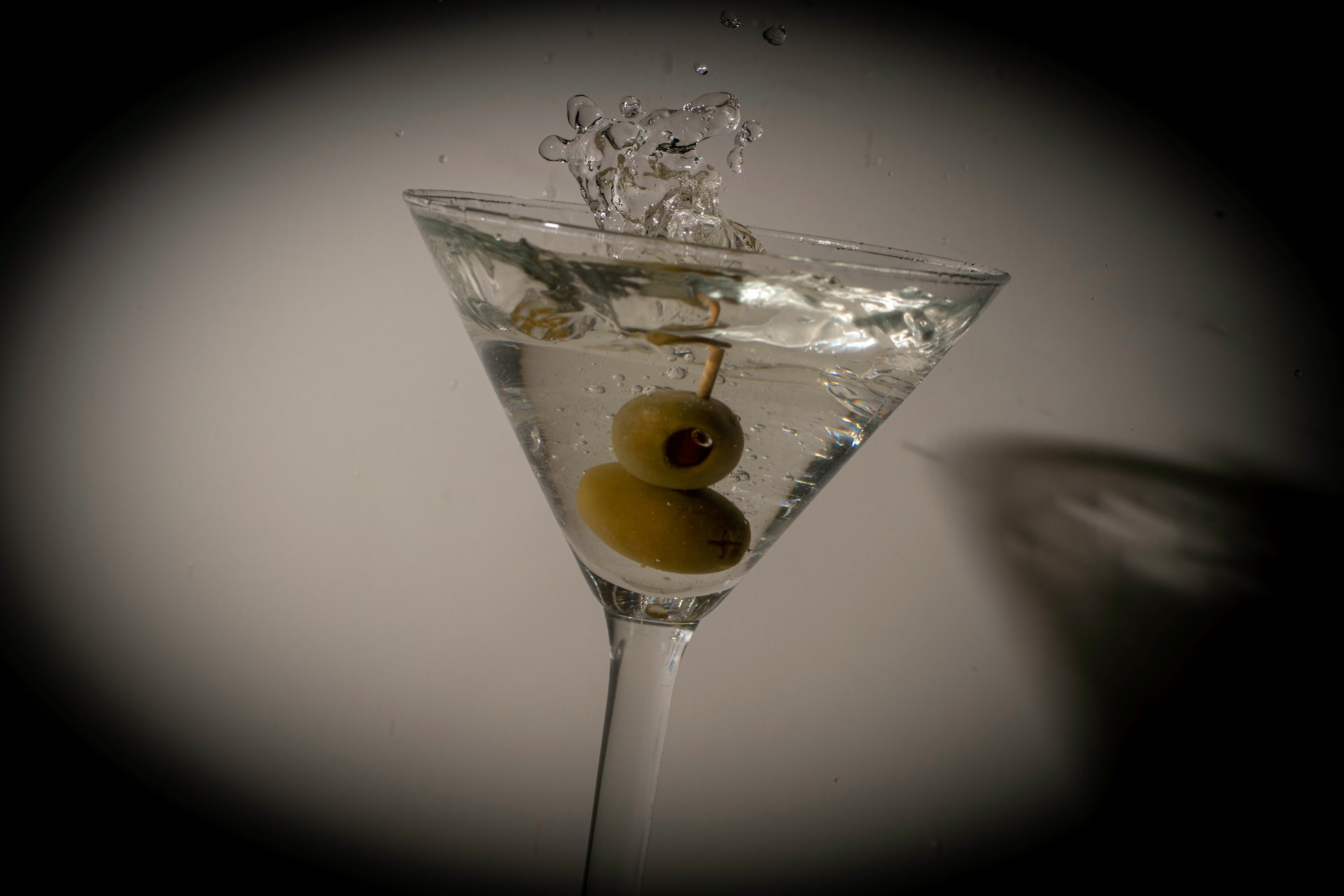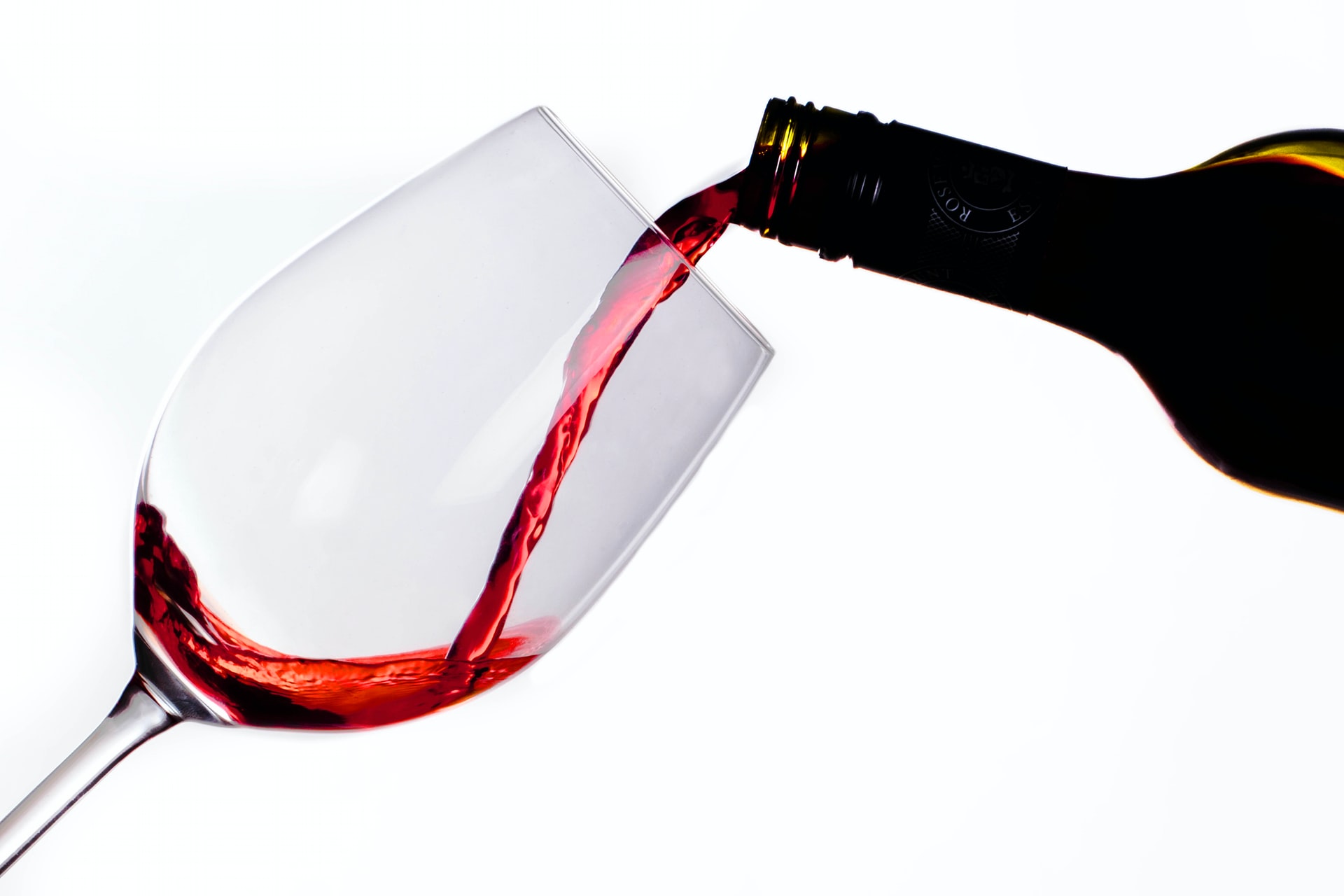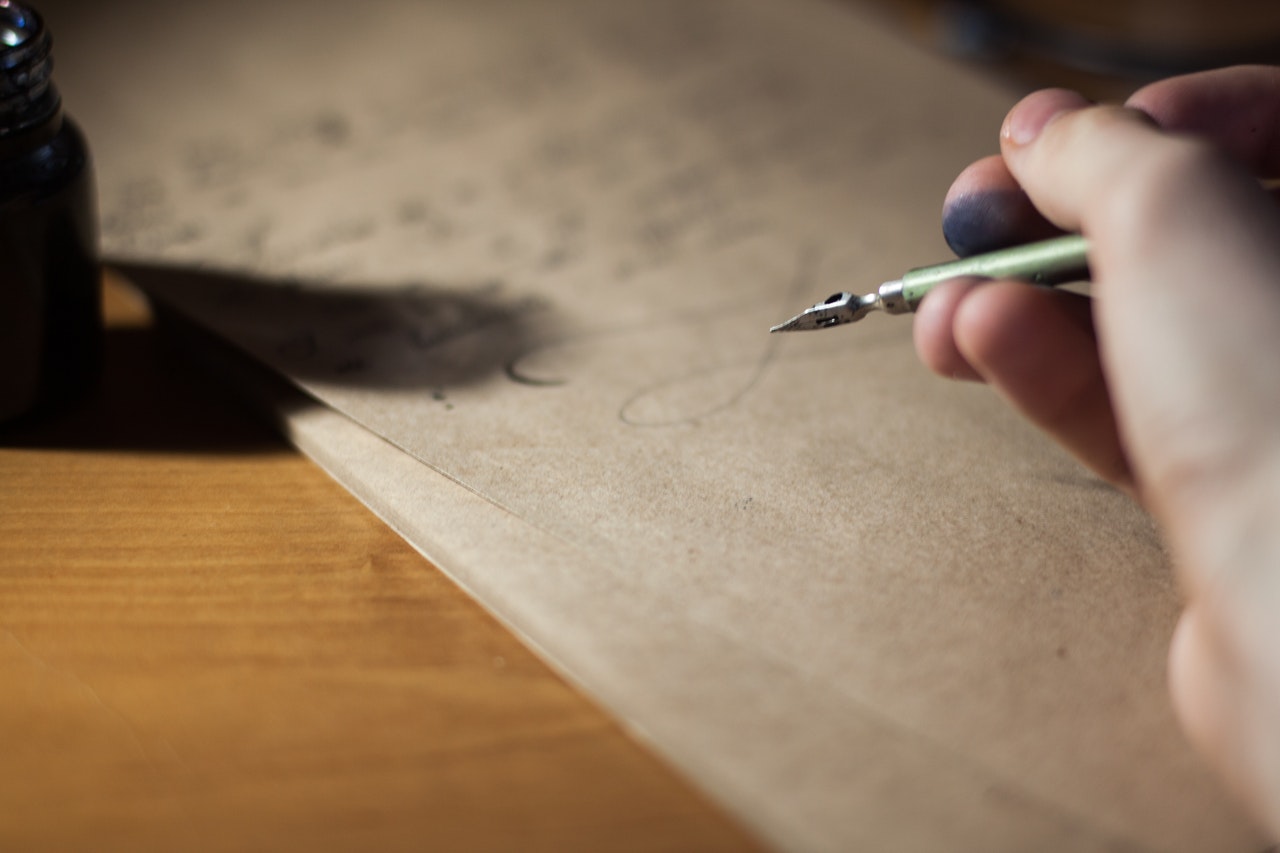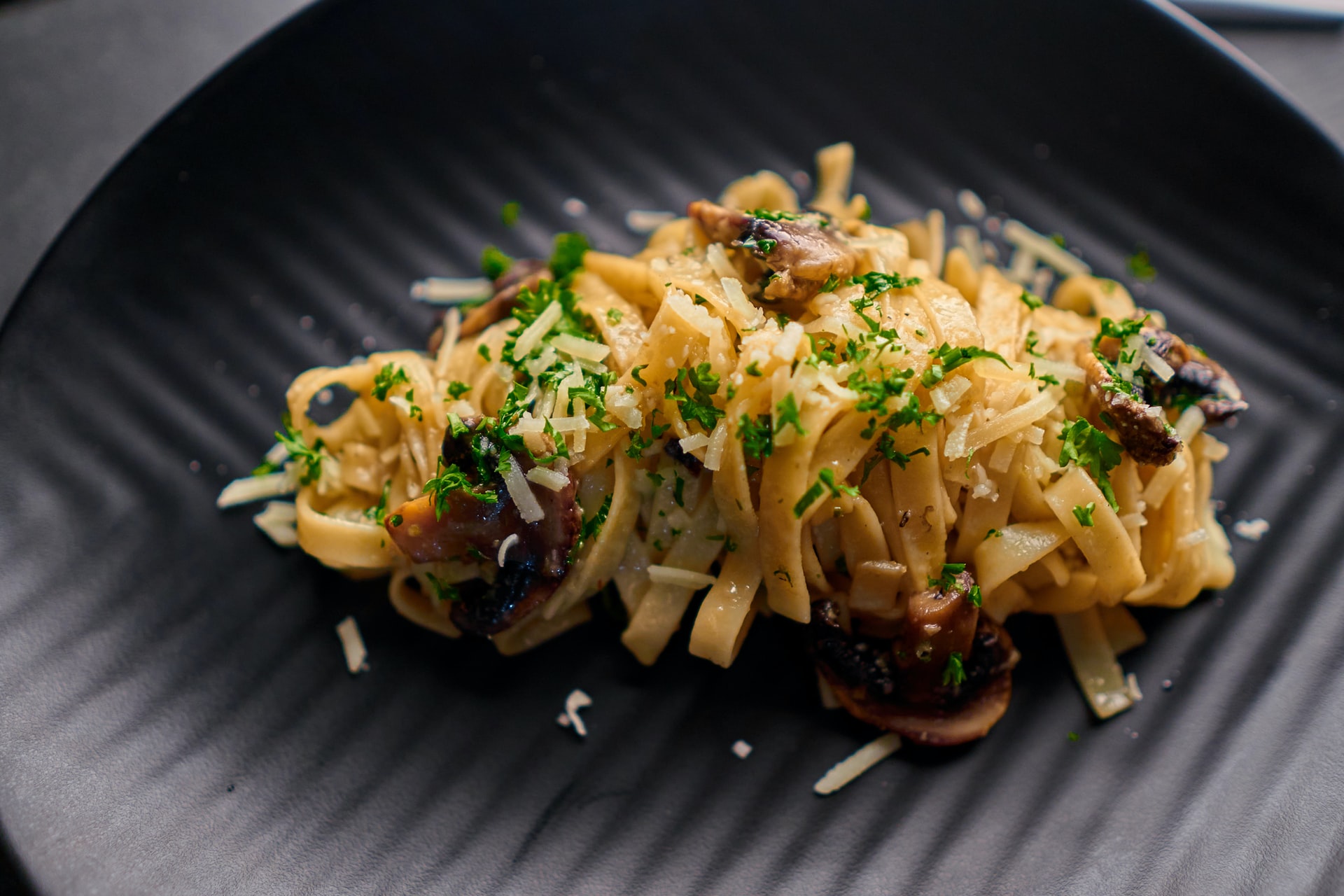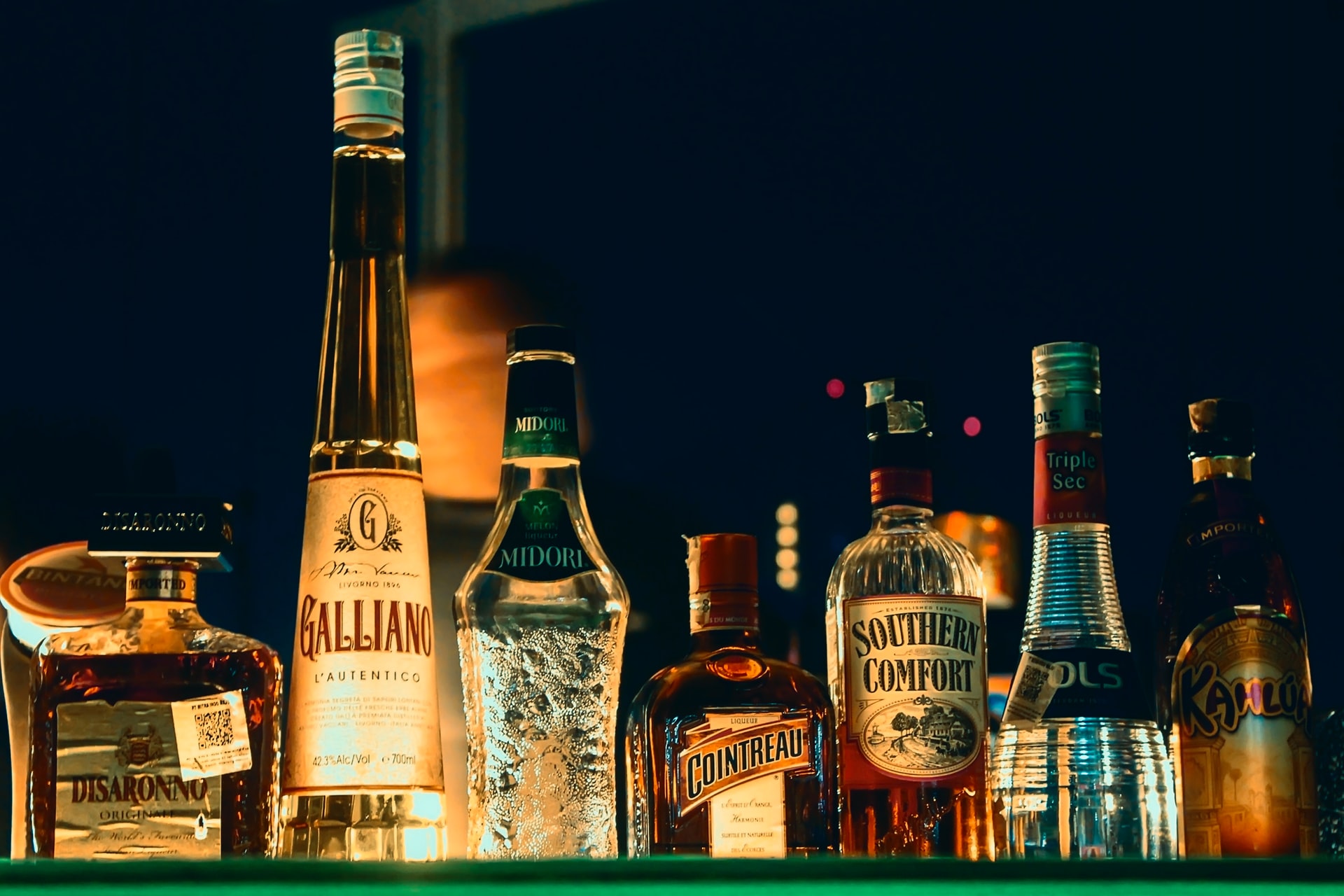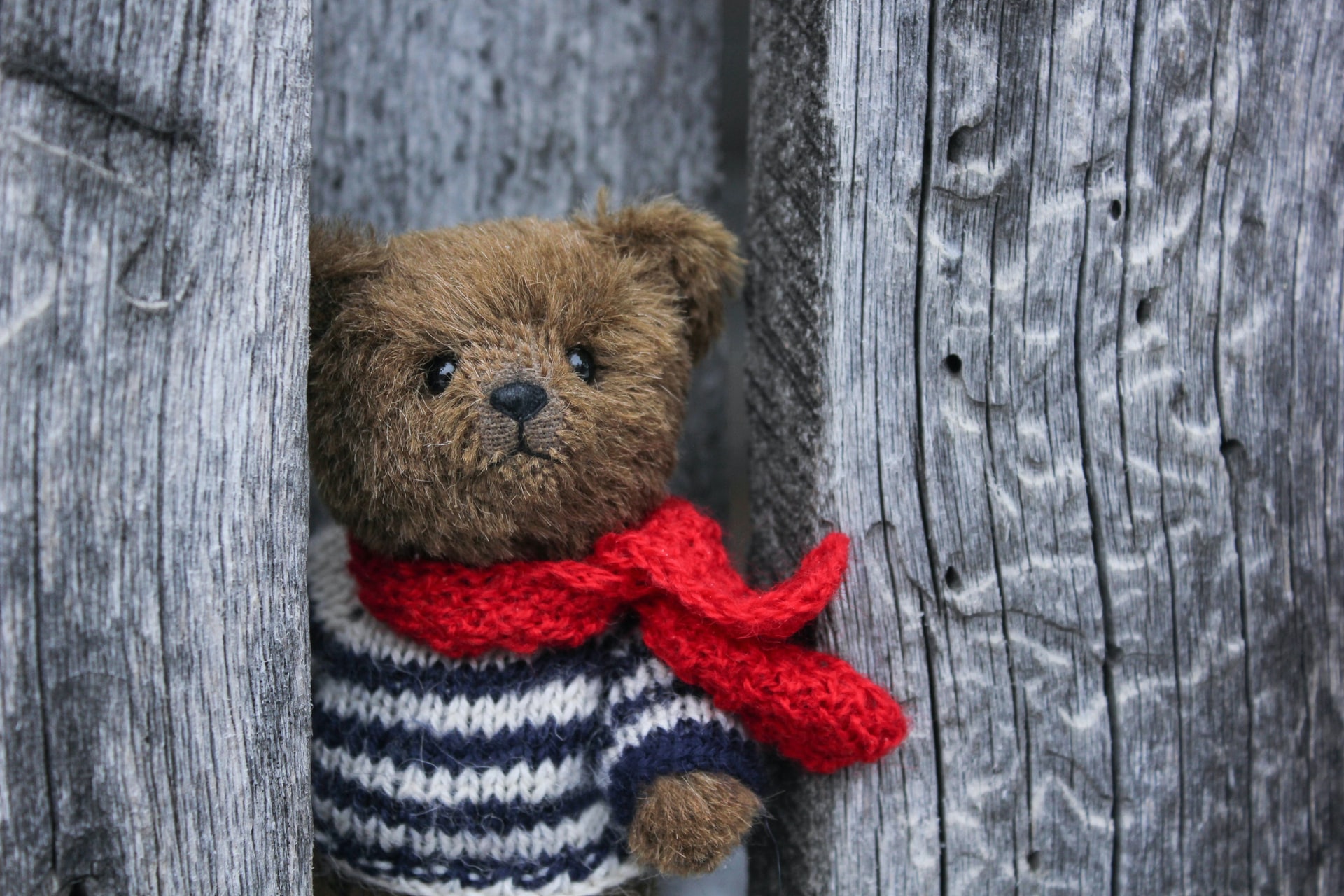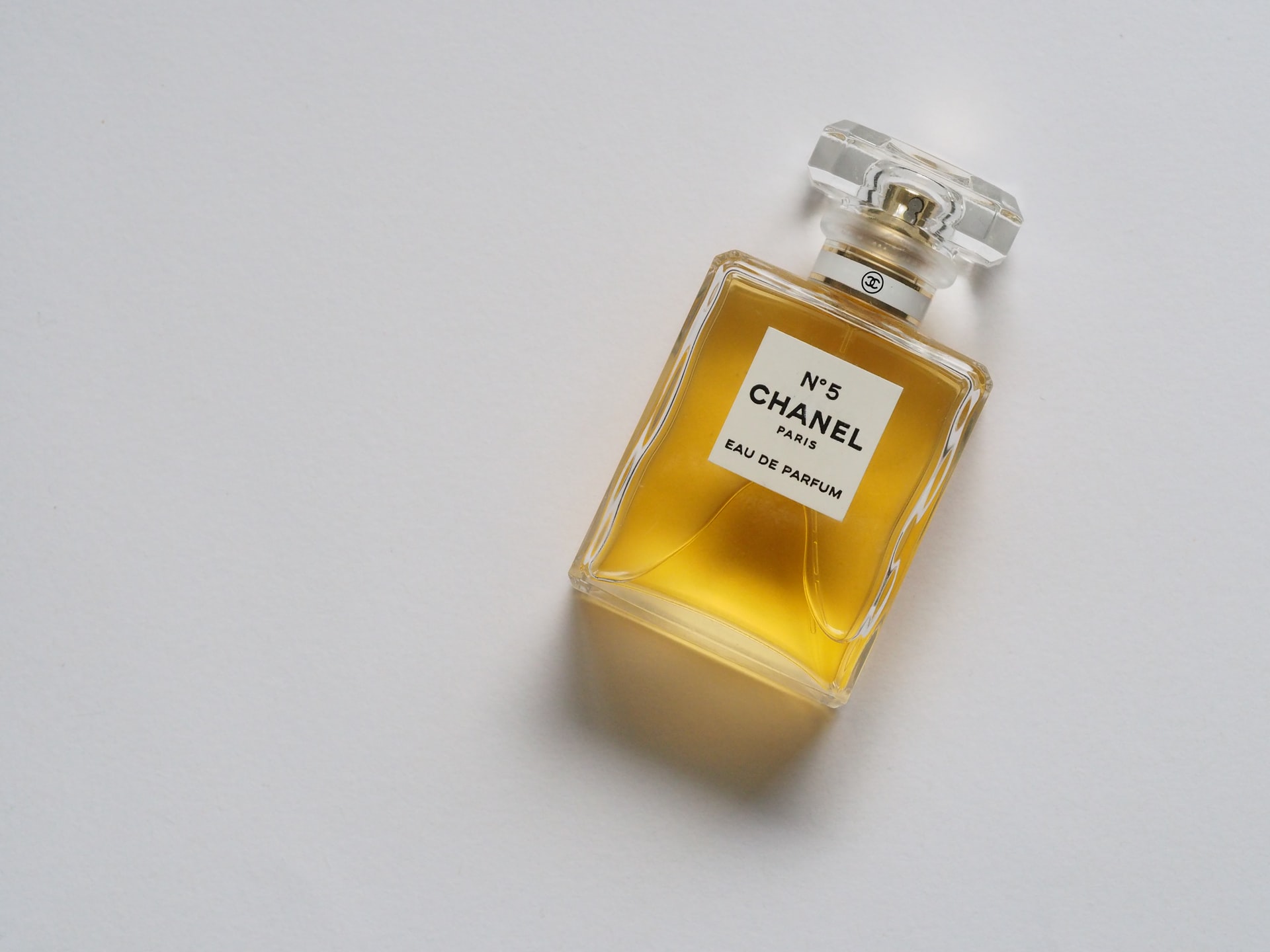Reading Time: < 1 minutes
-
- It is because there are some strict criteria that whisky must meet before it could be called Single Malt Scotch.
- These criteria make the mass-production of Single Malt Scotch difficult, making it so valued.
- Criterion 1: The primary ingredient in making a whisky is grain, and in Single Malt Scotch, that grain can only be barley.
- In one year, the world production of barley is 1/7th of corn and 1/5th of wheat, so barley is rarer than these mass grains.
- Criterion 2: Single Malt Scotch must be distilled in a single distillery in Scotland, and that is where Single comes from and not because it is made from a single grain.
- World’s biggest distillery Glenfiddich (pronounced as Glen-fiddikhh) distills 10 million litres of Scotch in a year, and Scotland has only 120 distilleries, and all of them can’t be doing single malts; so there is not a lot being produced each year.
- On top of that, the bottle in your hand having a unique physical location (the bottle that you hold was distilled at one physical location traceable on the map) gives exclusivity that blended whiskies can’t boast about.
- Criterion 3: The distillation must happen in Pot Stills, an apparatus for distilling alcoholic spirits.
- Pot Stills are considered ‘traditional’ and have a production capacity that is significantly lower than the modern, industrial-scale Column Stills.
- So, limited pot still outputs are considered hand-crafted and ‘artisanal’.
- Criterion 4: Single Malt Scotch must be aged in oak casks (capacity not more than 700 litres) for at least three years before it can be bottled.
- Alcohol is said to evaporate at a rate of 1% each year, so ageing also reduces the quantity making it even dearer.
Also Read:
Why is expensive wine expensive?
Image courtesy of Felix W through Unsplash

